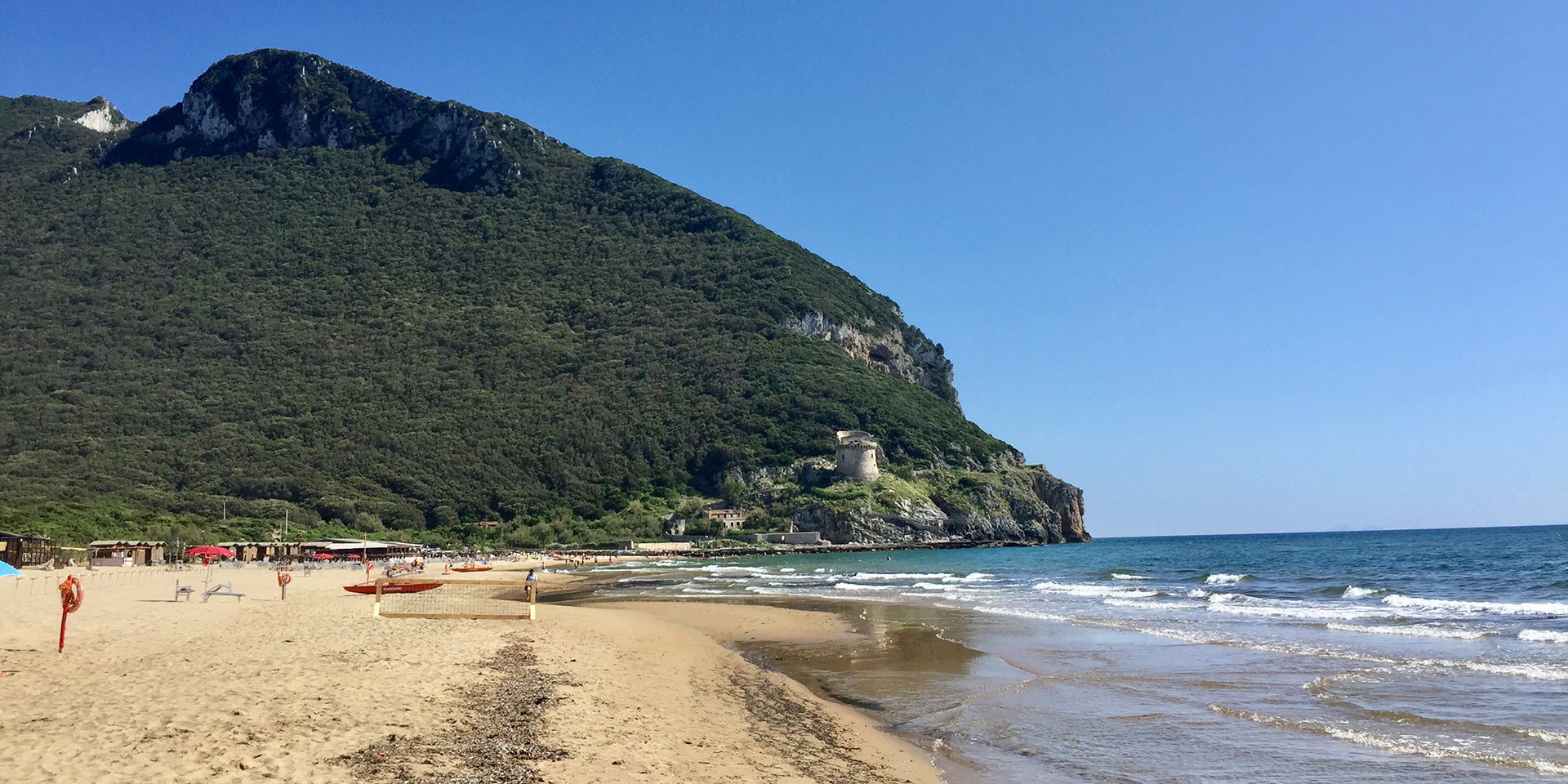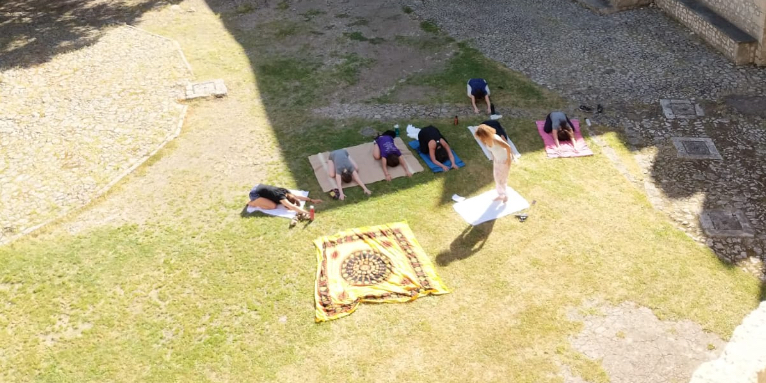ONE-MA3 – Day III: What’s around the river bend? …Bedtime stories with Vetruvius!

By Sophia Mittman ’22
Today we launched into our mission of learning about one of the most important materials used in Roman engineering: lime. Not the fruit. And not just limestone. I will explain the basics soon! First, we joined with the Area 3 crew (Art, Architecture, and Archeology) in the valley below Sermoneta and started off with a canoeing/kayaking trip up a clear, gentle river that twisted through agricultural fields. For a beginner level excursion, it was actually challenging with a surprisingly strong current that kept our bows straying back and forth and lots of tree branches that we played limbo-in-a-boat with in order to get underneath. Still, it was beautiful and peaceful! The view from the river up to the Castello Caetani was spectacular, and even though we didn’t spot any animals, it was basically the jungle cruise from Disneyland—only better!

Kayaking in the river near Sermoneta
Then we took a short drive to 16th and 17th century lime kilns nearby and learned about the entire process of extracting limestone and eventually turning it back into limestone (and more importantly, into Roman concrete). The cyclic recipe of limestone into limestone basically goes like this: 1. Take limestone (this is calcium carbonate, CaCO3) from the top of the mountain and blast it with heat for about two weeks in an enormous kiln, which also releases a large amount of carbon dioxide. 2. Now you’ve got quicklime (AKA calcium oxide, CaO), which is dangerous stuff (caustic and highly reactive with water). 3. So, of course, add water! After this reaction, it becomes slaked lime (calcium hydroxide, Ca(OH)2), which you can shape and sculpt. 4. Put it in contact with air (carbon dioxide, really) and you’re back with limestone! Exciting stuff! Or, if you’re Vetruvius: 1. Take earth. 2. Put it in fire. 3. Add water. 4. Put it in air. Done! With the powdery white stones in the kilns that we visited, Admir led us in a spontaneous and low-tech experiment to find out if what was left in the kilns after thirty years was limestone or quicklime by testing its pH with lemon juice and red wine. Result: it was just limestone.

Testing the pH levels of the lime
After having a giant, Italian-style barbecue and petting puppies and cats near the river, we went to the beach in Sabaudia where we spent most of our time on a sand bank somewhat far from shore and attempted to toss the volleyball back and forth as we enjoyed the view of cultural heritage (a medieval tower) on the cliffs near the southern end of the beach. Sun-bathed and tired, we returned to Sermoneta to another fantastic Italian dinner, another successful outing for gelato, and then a new activity: a reading from Admir’s inspiration and greatest influence according to Wikipedia: Vetruvius’s Ten Books on Architecture—an activity that hopefully we will continue during the next three weeks.

The beach in Sabaudia, Italy
Share on Bluesky


